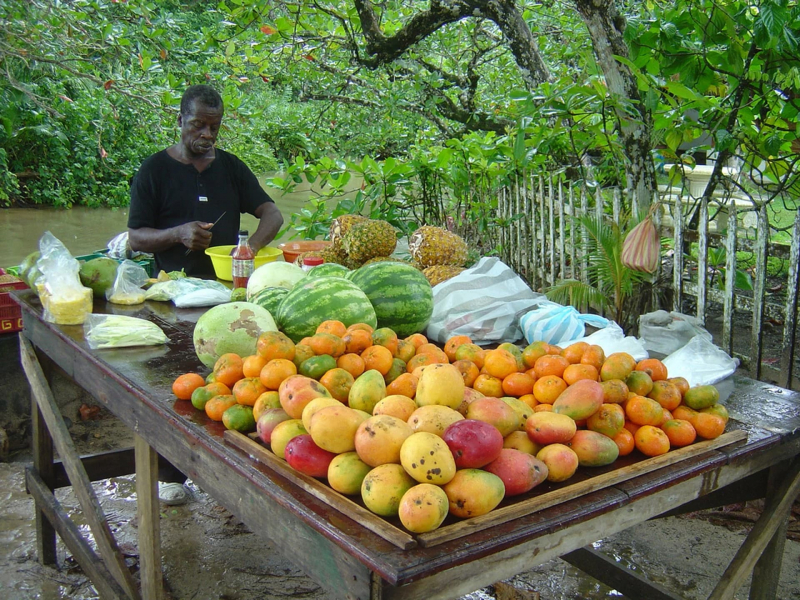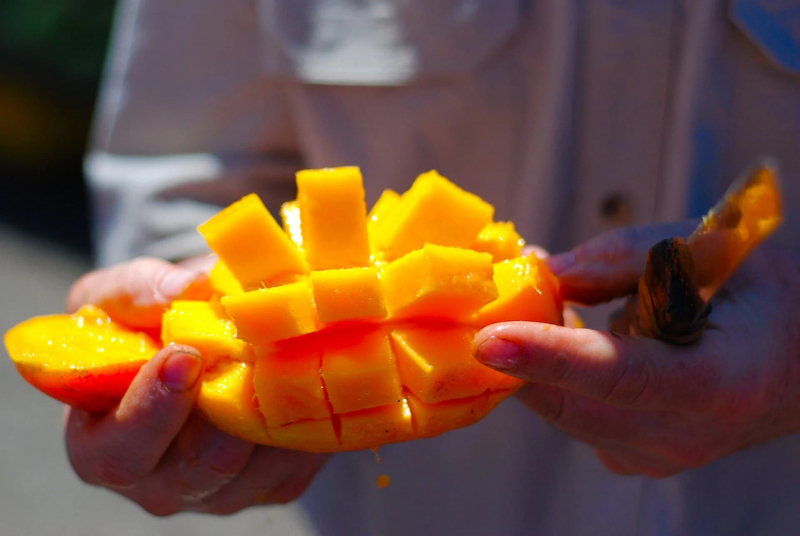Mangos
Mangos are native to India, but since being brought to the Americas in the 18th century, they have become a popular fruit in many areas of the world. Mango seeds traveled with humans from Asia to the Middle East, East Africa, and South America beginning around 300 or 400 A.D. They are widely available and reasonably priced in Costa Rica because they are grown there in great abundance.
Mangos, which are smaller than baseballs, are also available, as are mangas, which are rectangular in shape and more closely resemble softballs in size. Mangoes typically have yellow, red, and green hues in their peel. The internal flesh is a bright golden hue. When you press a mango, you should be able to make an indentation; this is a sign that the fruit is ripe. Additionally, you should detect the mouthwatering mango aroma on the skin. Perhaps you've tried mango in juices, salsas, or chutneys. Sliced unripe mangos paired with salt and a lime wedge are a popular local snack in Costa Rica. This crunchy, salty snack is particularly reviving. Mangoes are more than just tasty. They also include a lot of vitamins, such as vitamins A, C, and D.









